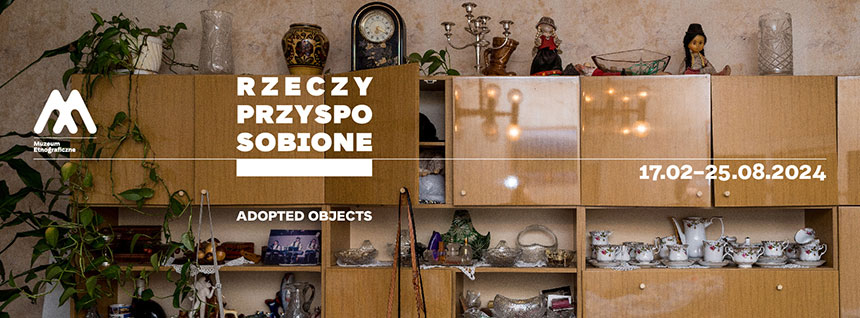The “Germanness” is a projected feature, a category referencing the essentialist idea of collective identity that ignores differentiating features, like ethnic or religious diversity, and the existence of minorities.
The meaning of the term gets modified with the changing historico-social context, including political and economic relations. Thus, the “Germanness” of things may be perceived in terms of hostility and threat but also imply solidity, good value, practicality, etc.
Photograph embedded in glass (paperweight)
Mękarzowice (Lower Silesia) and Wrocław
courtesy Marta Derejczyk
Embedding a photograph in a glass paperweight was to make the former more durable and the latter more attractive. And indeed, the object has proved indestructible. Decades ago, it resisted the efforts of four young boys (future uncles of Marta, the paperweight’s current owner) to extricate the photo from the glass. They dropped it down from height and used a stone to carve away its edges, all to no avail: the image remained undisturbed and the glass was just slightly chipped. Marta, a member of the family’s younger generation, had an equally strong emotional reaction to the photograph when she examined the paperweight at the house of her grandmother who had come to Mękarzowice in Lower Silesia from Miedźno near Częstochowa in central Poland. “As a child, I found it inconceivable that this young girl was German. Germans were evil and shot people. I could not wrap my head around it […] these two realities could not be reconciled. And I thought: she certainly was not German, she could not have been German, she was just a little girl” (Marta Derejczyk).
